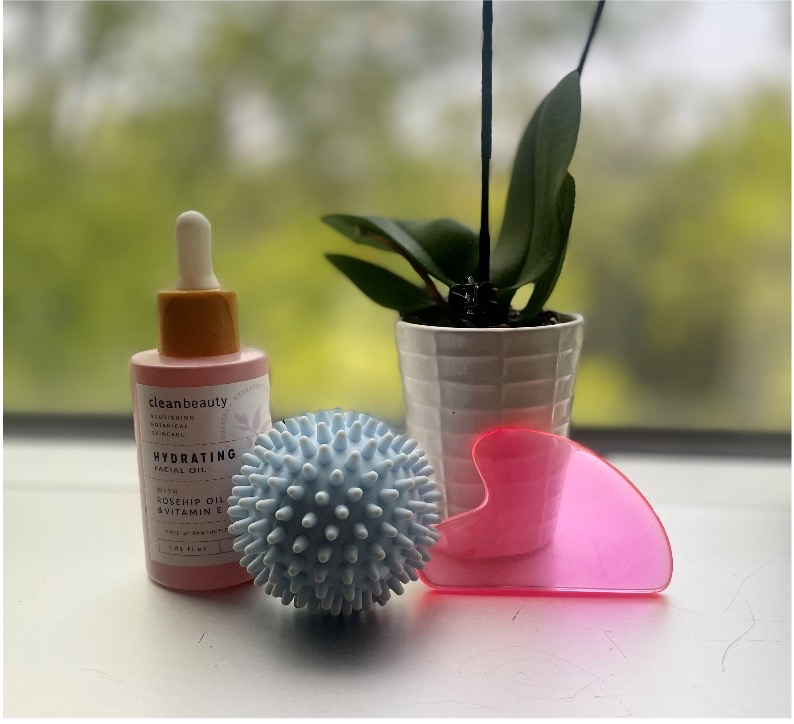
Introduction
I am currently a TMJ Massage Therapist for Sleep and TMJ Therapy. I have been with the practice for over 7 years helping patients manage their pain alongside Dr. Brown. During a morning huddle, I shared my experience of a recent conference I attended. Everyone thought it would be a great idea for me to share this with our patients and publish it on YouTube for reference.
Whole Health
The pursuit of whole health is a powerful journey that transcends the mere alleviation of symptoms, aiming instead for a harmonious balance of body, mind, and spirit. This holistic approach is crucial in today’s fast-paced world, where daily stressors can significantly impact overall well-being. Integrative therapies like massage therapy are essential in this journey, showing profound potential to enhance both physical and mental health.
At the International Massage Therapy Research Conference, Dr. Tracy Goudet illuminated the transformative power of massage therapy on whole health. Her research highlighted how massage therapy fosters balance and harmony, promoting physical relaxation, mental clarity, and emotional resilience. Dr. Brown and our team deeply value this interconnected view of health—encompassing TMJ care, mental wellness, and emotional stability.
Massage therapy plays a pivotal role in reducing stress and tension, which are foundational in our treatment of TMJ Disorder. Stress can manifest as headaches, muscle tension, digestive issues, and emotional disturbances like anxiety. Therapeutic touch helps mitigate these effects, paving the way for appliance therapy to succeed by aiding the repositioning of the disc onto the condyle.
Benefits of Massage in a Whole Health Regimen
Incorporating massage into a whole health approach brings multiple benefits: improved circulation, enhanced immune function, boosted energy levels, and the release of endorphins—natural mood enhancers and painkillers. Within our practice, Dr. Brown consistently recommends massage therapy as a complementary treatment to reduce the recovery time for TMD patients and minimize long-term appliance dependence.
Massage Therapy in Public Health, Rehabilitation, and Palliative Care
Massage therapy is increasingly recognized in public health, rehabilitation, and palliative care. Its effects go beyond relaxation, offering meaningful improvements in physical and emotional well-being. A key study showed massage can significantly reduce anxiety and pain, making it a valuable complement to our appliance therapy.
Massage in Rehabilitation
Rehabilitation patients recovering from injuries or surgeries, including TMJ disorders or condylar damage, benefit immensely from therapeutic touch. It improves circulation and flexibility, which accelerates healing. A powerful case presented at the conference showed a man with third-degree burns regain significant range of motion through massage—underscoring its effectiveness. Similarly, our TMD patients experience faster improvements in mobility when massage is combined with appliance therapy.
Massage in Palliative Care
In palliative settings, massage therapy eases pain and discomfort, enhancing quality of life for patients and families. Its ability to soothe and relax makes it invaluable in managing the symptoms of serious illness. This role aligns perfectly with our mission to treat TMJ pain through gentle, effective methods.
Public Health Integration
Beyond treating symptoms, therapeutic touch plays a vital role in preventive health. Regular massage therapy can address stress, anxiety, and chronic pain—common in modern society. By integrating massage into public health strategies, we support long-term wellness and a more resilient population.
Massage Therapy for TMJ Pain and Tension
TMJ pain can hinder daily functions like eating or speaking. Massage therapy addresses the core issues—muscle tension and stress—offering a comprehensive, non-invasive solution. Targeted techniques reduce pain, restore function, and support appliance therapy or surgical recovery.
A systematic review emphasized the effectiveness of manual therapy, exercise, posture training, and relaxation in decreasing TMJ pain and improving mouth opening. This multifaceted approach aligns with our individualized treatment plans that integrate massage and appliance therapy.
Long-Term Benefits
The true power of massage lies in both its immediate relief and long-term results. At Sleep & TMJ Therapy, we’ve seen how focusing on TMJ-related muscles reduces inflammation, improves circulation, and promotes deep relaxation—enhancing appliance therapy outcomes.
Patient Satisfaction
A study found 60.9% of patients rated massage as the most satisfying complementary therapy for TMD. High satisfaction rates reflect the real improvements patients experience, from pain relief to better functionality.
Preventing TMJ Recurrence
Regular massage sessions help prevent TMJ symptoms from returning. By maintaining muscle flexibility and disrupting clenching and grinding patterns, massage reduces inflammation, normalizes muscle tone, and supports better neck and shoulder posture.
Conclusion
Overcoming TMJ pain requires a commitment to innovative therapies like massage. When combined with a well-planned appliance therapy regimen, patients can experience meaningful improvements. If you’re dealing with TMJ discomfort, now is the time to explore the benefits of therapeutic touch. Take the first step toward a pain-free, balanced life today.
